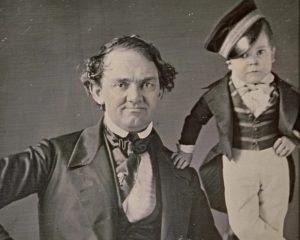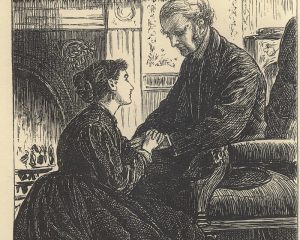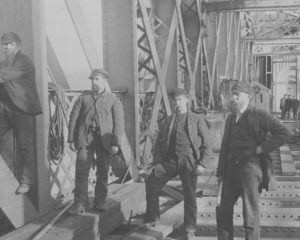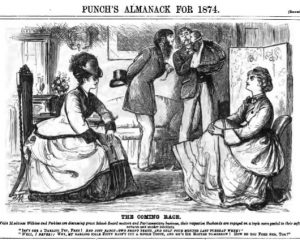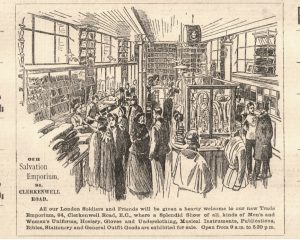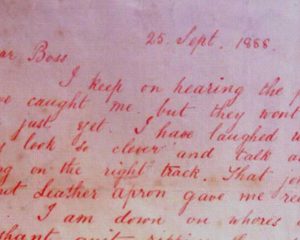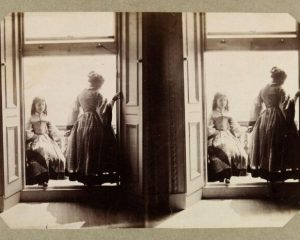On a cold February day in 1844, a small group of travellers disembarked their ship at the port of Liverpool in England. There was no welcoming party, no bands nor banners, and the visitors slipped silently away to their hotel. Amongst them were the American showman P. T. Barnum and his protégé Charles S. Stratton, known as General Tom Thumb. Both were little-known in England at that time, but this would mark the beginning of a three-year-long tour of the
Read more